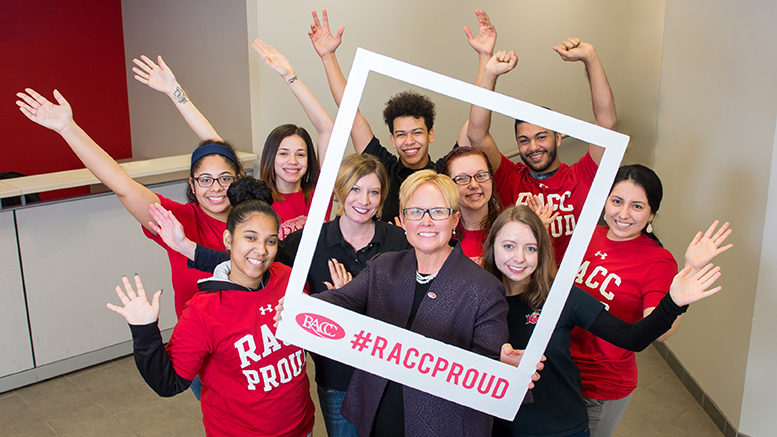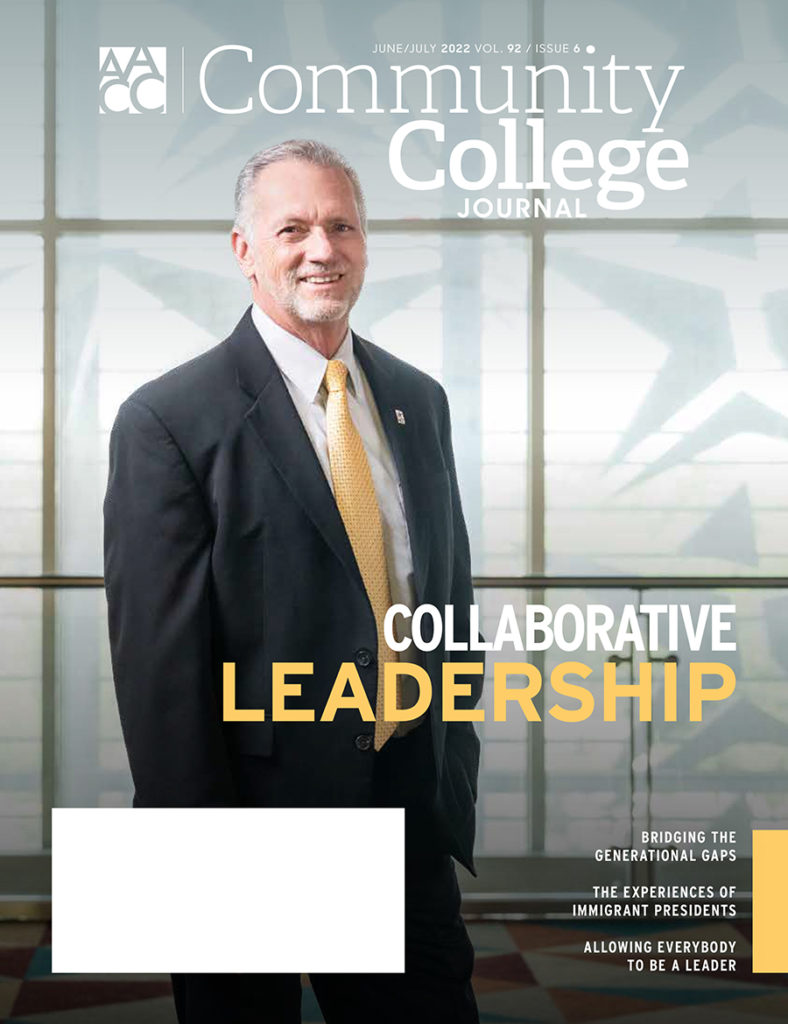The news media and pop culture are infused with myriad stereotypes about Baby Boomers, Gen Xers, Millennials and Gen Zers — what they think, how they act and how they interact in the workplace — that manifest in everything from popular memes to snarky putdowns like “OK, Boomer.”
Real differences do exist among the generations in terms of attitudes, behaviors, expectations and motivations that have an impact at work and in the classroom, in spheres of activity like building teams, dealing with change, motivating and managing, and teaching. But community college leaders and other administrators and faculty can leverage these differences to ensure that wisdom and knowledge — rather than shade — is passed back and forth. This process helps to avoid misunderstandings that sap employee commitment and lead to higher turnover, not to mention challenges in attracting employees in the first place.
‘Death of Kennedy’ recollections
Susan Looney, president of Reading Area Community College (RACC) in Pennsylvania, gave a talk on this topic at the 2022 AACC Annual this spring. She’s been researching generational differences for nearly a decade. Looney likes to start the conversation somewhat facetiously with different generations’ potential responses to the question: What do you recall about how and where Kennedy died?
This excerpt comes from the current issue of the Community College Journal, published by the American Association of Community Colleges.
“Baby Boomers would say, ‘A gunshot in Dallas,’” Looney says. “Gen Xers might say, ‘A plane crash on Martha’s Vineyard.’ Millennials and Gen Zs might say, ‘Who’s Kennedy?’”
Before providing her breakdown of attitudes and behaviors, Looney has a few disclaimers: Not everyone identifies with the prototypical characteristics of their generation. Some who are born near the transition between generations (called “cuspers”) who may identify more with the generation ahead or behind them. And lastly, Covid has changed how generations act with little research to explain it.
“We understood the generations pre-Covid, but now almost everybody wants some form of remote learning and work,” Looney says. “How do you do team-building and creative inclusivity with the possible technology divide? There’s not enough research to talk about that.”
Learning from patterns
But Looney adds that what research is available follows previous patterns. For example, Boomers are very driven and passionate about participation and spirit in the workplace, and they have fewer qualms about a 60-hour work week.
“They’re all about bringing heart and humanity, and creating a level playing field,” Looney says. “They’re driven to that next level, wanting that next advancement in their career.”
Gen Xers are more focused on work-life balance, working to live rather than living to work. They’re very direct communicators, less involved in organizational politics, prefer learning to be interactive and are motivated by developing professional skills, says Looney, a Gen Xer herself.
“We’re technology forward,” she says. “This generation lived through a lot. We’re flexible and comfortable with change.”
Millennials are “super tech savvy” and handle change well. They’re good at multitasking, good learners and very results-focused — including results in career advancement, Looney says.
“Neither [older] generation quite knew what to do with the Millennials,” she says. “Their expectation is very much, ‘I want it now. I don’t want to wait 25 years for a gold watch. … Give me the problem, and I will figure it out.’”
Gen Zers are even better multitaskers. They grew up on technology, never knew life without the internet, and have very high expectations, although they are more risk averse, Looney says.
“Technology has made them more unique in their communication skills; their socialization skills are different than the generations before them,” she says. “They’re the generation most of us see in our colleges now. And we’re seeing them now in our workforce, of course.”
Leveraging differences
Leaders need to take time, reflect on and understand those differences, whether or not they personally like dealing with all of them, Looney says.
“It’s important that we learn and understand the different generational styles, and not judge in a negative way,” she says. “There are conflicts that will arise from value differences between age groups, rather than the age difference itself.”
Building teams among mixed-age groups is essential to gaining this deeper understanding, and that starts with prioritizing communication — and perhaps various forms of communication, Looney says.
“Some people want to share through email, others want to come to town halls to have a voice,” she says. “Some just want to be quiet, and listen, and be focused on the goals. It’s somewhat the organization’s responsibility to try to set clear expectations on how we want to work with each other.”
Looney stresses to her colleagues that people of different generational viewpoints can agree to disagree but must be respectful and inclusive with one another.
“It’s OK if someone is different” in their thoughts and behaviors, she says. “We’re going to continue to have these various groups of generations in our workforce for some time. It’s to our benefit to educate ourselves and our employees to maximize the potential of all of these individuals, regardless of generation.”


